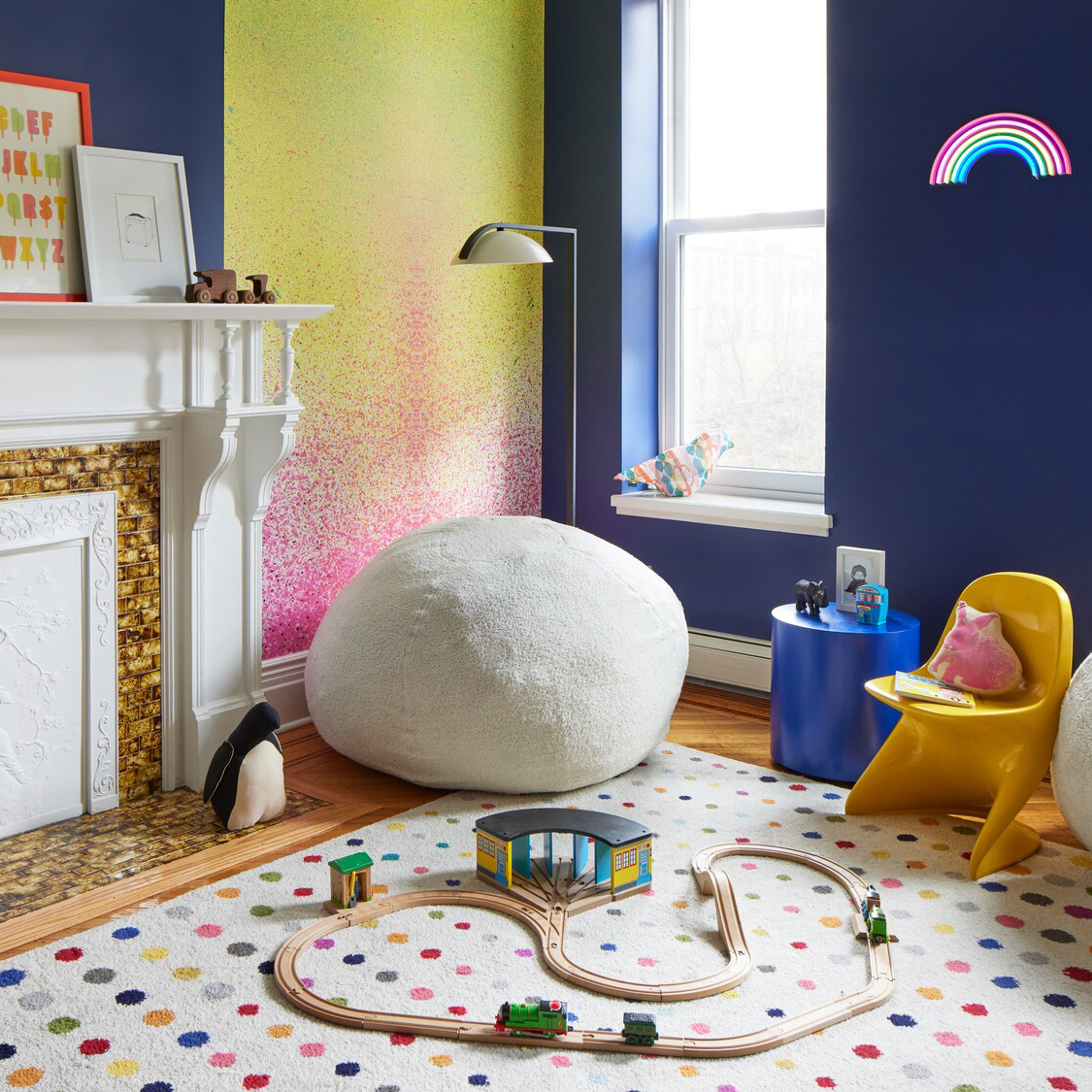
Wabi Sabi Vase: Embracing Imperfection and Finding Beauty in Simplicity
Wabi Sabi is a Japanese concept that celebrates the beauty of imperfection, simplicity, and natural elements. Wabi Sabi aesthetic has influenced various aspects of Japanese culture, including ceramics. Wabi Sabi ceramics value imperfections, celebrate the beauty of natural materials, and embody the concept of “less is more.” In this article, we will explore how Wabi Sabi values have influenced the creation of the Wabi Sabi vase, a unique piece of art that embraces imperfection and simplicity.
What is Wabi Sabi?
Wabi Sabi is a Japanese philosophy that cherishes imperfection, simplicity, and natural elements. In Wabi Sabi, beauty exists in the imperfect, the transient, and the incomplete. The concept originated from the Zen Buddhist tea ceremony, and it has since extended to various forms of art, aesthetics, and design.
Imperfection
Wabi Sabi values imperfections as a celebration of the imperfect beauty of life. Imperfections in art and design come from natural forces, such as aging, rusting, cracking, and weathering. In traditional ceramics, Wabi Sabi values the unique patterns and markings that occur during the firing process, creating one-of-a-kind pieces that cannot be replicated.
Simplicity
Wabi Sabi cherishes simplicity, minimalism, and modesty as it resonates with the natural world. The Wabi Sabi aesthetic values asymmetry, rough textures, and unpolished surfaces, emphasizing the beauty of the “unrefined.” In the Wabi Sabi vase, the focus is on the material, form, and texture, rather than intricate designs or vibrant colors.
Natural Elements
Wabi Sabi recognizes the beauty and significance of natural elements, such as wood, stone, and clay. The concept values the connection between humans and nature and celebrates the beauty of the weathered, aged, and organic. The Wabi Sabi vase embodies this value, as the material used is often natural and unique, featuring textures and shapes that reflect the environment it comes from.
What is Wabi Sabi vase?
The Wabi Sabi vase is a unique piece of art that celebrates the imperfection and simplicity of Wabi Sabi while serving as a functional object. In traditional Japanese ceramics, Wabi Sabi values the uniqueness and irregularity that comes from natural forces, creating one-of-a-kind pieces rather than mass-produced objects. The Wabi Sabi vase is a reflection of this values, crafted by hand, and featuring unique patterns and textures.
Materials
The materials used to create the Wabi Sabi vase are often natural and unrefined. Materials like clay, wood, and stone reflect the Wabi Sabi value of celebrating the beauty of natural elements. The textures and shapes of these materials are often left as they are, with little to no polishing or refinement.
Design
The design of the Wabi Sabi vase is often simple, asymmetrical, and minimalistic. The focus is on the material, form, and texture rather than intricate decorations or patterns. The Wabi Sabi vase often features irregular shapes, rough textures, and unpolished surfaces, reflecting the concept of Wabi Sabi.
Function
While the Wabi Sabi vase embodies the Wabi Sabi aesthetic, it serves as a functional object as well. The vase is used to hold flowers or plants, bringing nature indoors and adding to the beauty of the Wabi Sabi vase. The unique texture and shape of the vase add to the beauty of the flowers or plants, creating a sense of harmony and balance.
The Wabi Sabi vase is a unique piece of art that embraces imperfection and simplicity. It embodies the values of Wabi Sabi, celebrating the beauty of natural elements, imperfections, and simplicity. The Wabi Sabi vase is not only a beautiful object but also serves a functional purpose, holding flowers or plants and bringing nature indoors. The Wabi Sabi vase reminds us to appreciate the beauty in the imperfect, embrace simplicity, and find harmony with nature.
